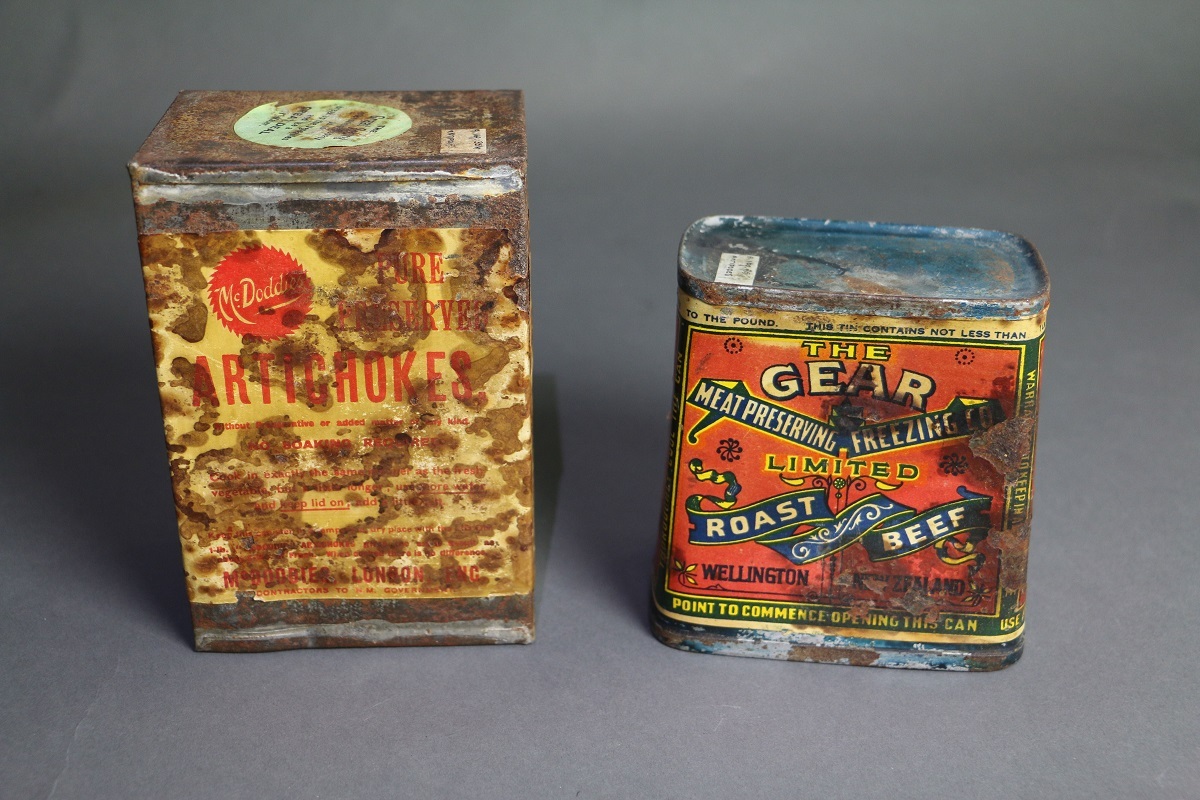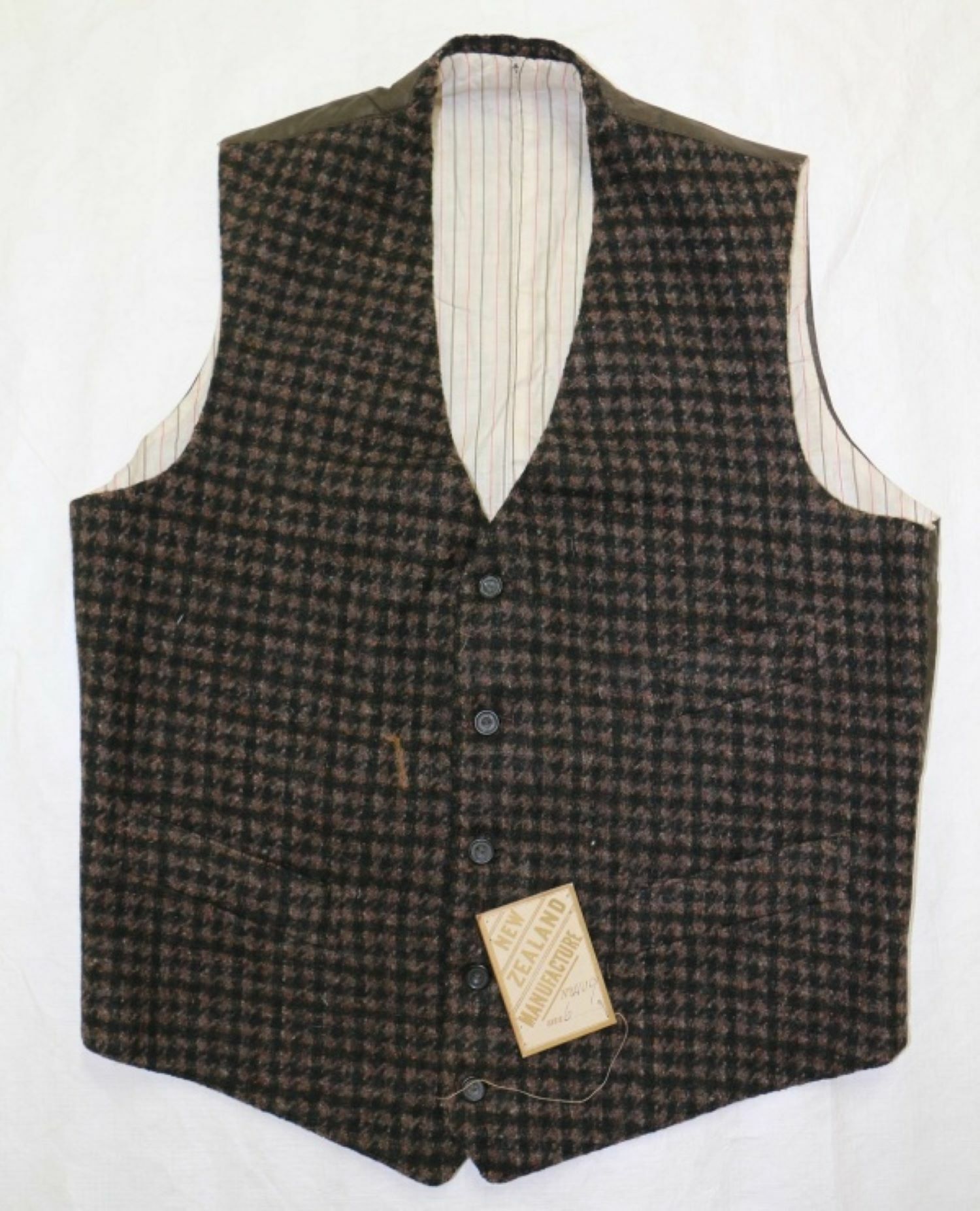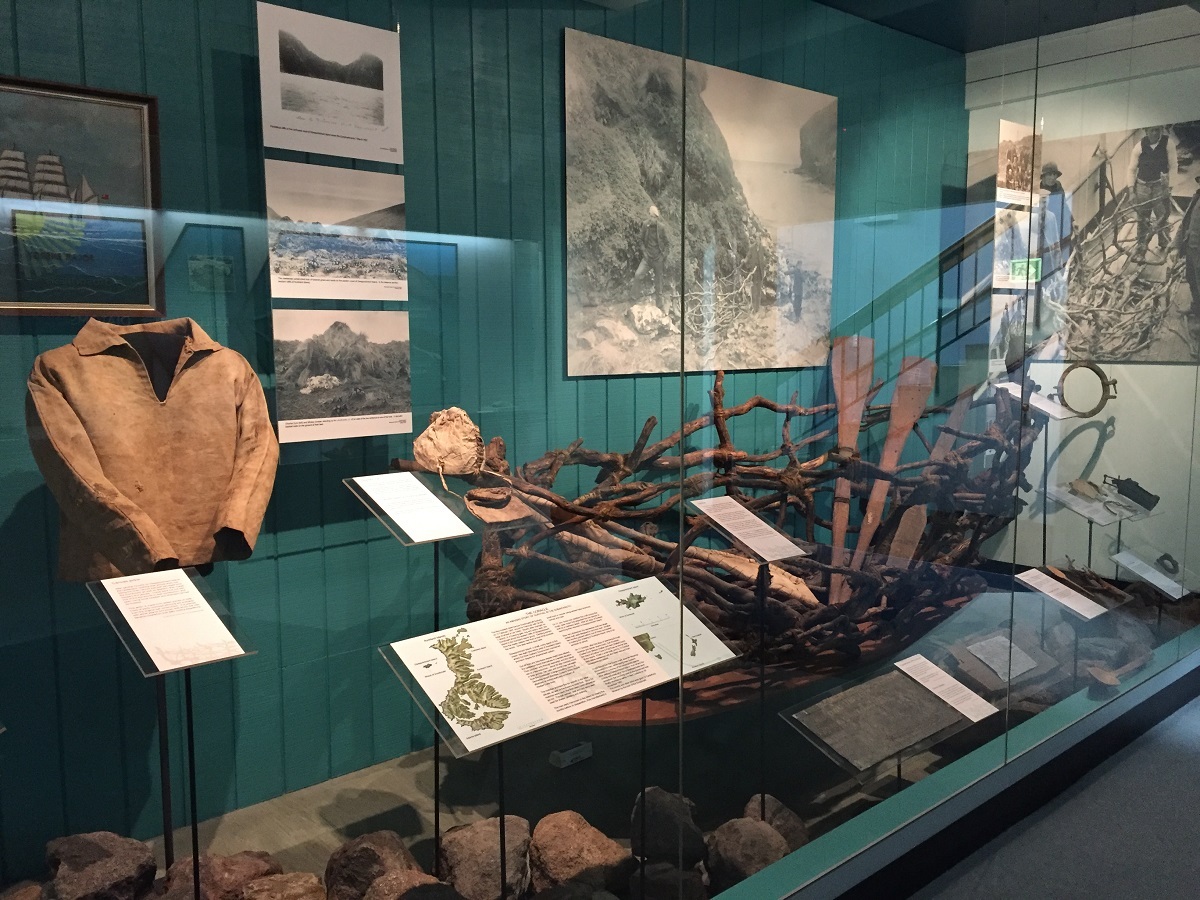Before the Panama Canal opened in 1914, one of the fastest routes when sailing from Australia to England was to hitch a ride east on the Roaring Forties, the strong westerly winds found south of the Equator between the latitudes of 40 and 50 degrees.
The route took ships on a risky and tempestuous passage south of New Zealand and through the Southern Ocean. The sub Antarctic islands, south of New Zealand, became the scene of a number of devastating shipwrecks during the 1880s with many lives lost at sea.
Even for those fortunate enough to make it onto land, prospects were fairly grim. The environment on these islands is extremely harsh with rugged terrain and a very cold and wet climate. Besides surviving the elements, the castaways faced complete isolation with little chance of a ship passing close enough to notice them. To give them a better chance of survival, the New Zealand Government established castaway depots on some of the islands. These usually consisted of a basic building stocked with food, clothing and of course matches. Simple items that would save lives.
Canterbury Museum has a selection of objects in the collection that were recovered from decommissioned sub Antarctic island depots. These include cooking utensils, food packaging and even unworn three piece suits still with their paper manufacturers’ labels attached.

To deter sealers and other potential thieves from raiding the stores, the clothing was often made from a distinctively patterned material, easily recognisable to officials. One Government official was particularly protective of his efforts and left a warning message at one of the depots: “The curse of the widow and fatherless light upon the man that breaks open this box, whilst he has a ship at his back”. Signs were also placed around each island pointing the way to the depot.

Apart from the regularly-serviced depots, castaways were also provided with food in the form of live sheep, goats, cattle and rabbits that were liberated onto the islands. This of course was an environmental tragedy with fragile ecosystems ravaged by the introduction of these and other species. However much work has now been done to reverse this damage, with these left overs of the castaway days removed from the islands.
A visit to Canterbury Museum will give you the opportunity to read a success story resulting from the placement of a depot in the Auckland Islands. The Disappointment Island Coracle display in the Antarctic Gallery tells the story of a group of castaways from the wrecked ship Dundonald in 1907. It is a remarkable tale of perseverance, ingenuity and, ultimately, salvation.






